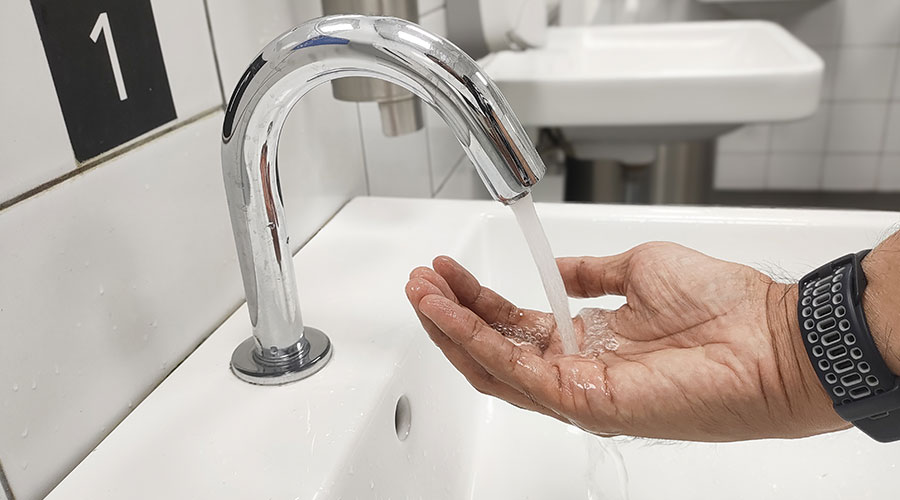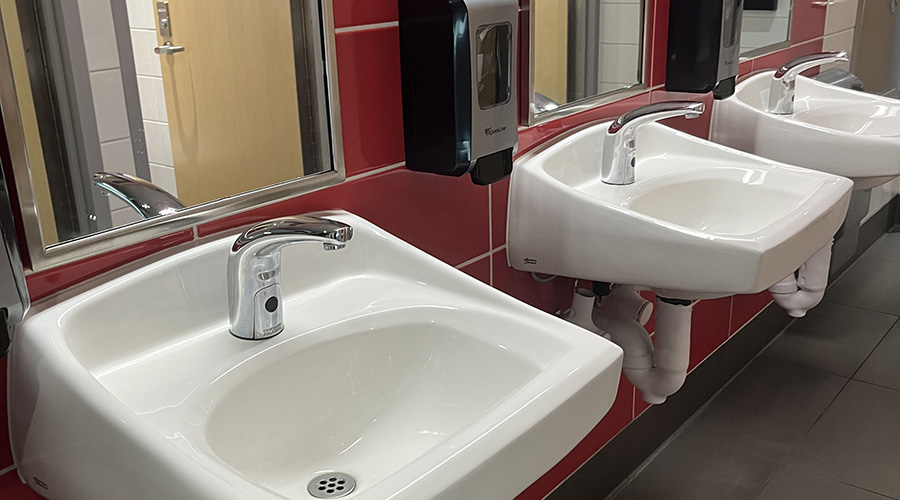Plumbing Fixtures: Task Force Determines Campus Water Use
Nothing makes an organization focus on water conservation like a 100-year drought. Just ask Mark Duclos, director of maintenance and operations with the University of Georgia.
As the largest water user in the Athens-Clarke County, Ga., area, Duclos and his department had to monitor water use on campus and identify ways to conserve amidst a 100-year drought that peaked in fall 2007. The first step in that process was putting together a task force.
"The task force was in direct response to the drought we were going through at the time," Duclos says. "The task force was put together not only to meet the governor's 10 percent mandate but also to look at the university as a whole to see what we could do to be better stewards."
The task force determined a significant percentage of campus water use stems from plumbing fixtures — sinks, urinals, toilets, and showers. Duclos and his department already had begun analyzing water use on campus a few years before the drought hit, but the arid conditions expedited fixture retrofits designed to save water and reduce the frequency of maintenance.
As maintenance and engineering managers inside and outside water-stricken regions of the country focus on water conservation and undertake large-scale retrofits to comply with sustainability plans, advances in plumbing-fixture technology play a key role in those plans by giving managers options for tackling water use.
Related Topics:















